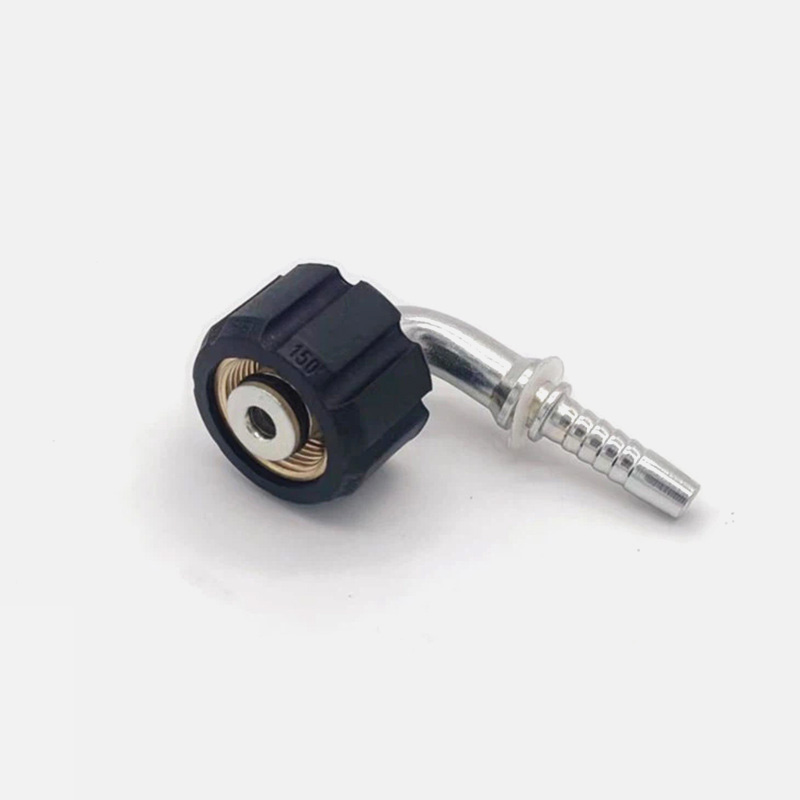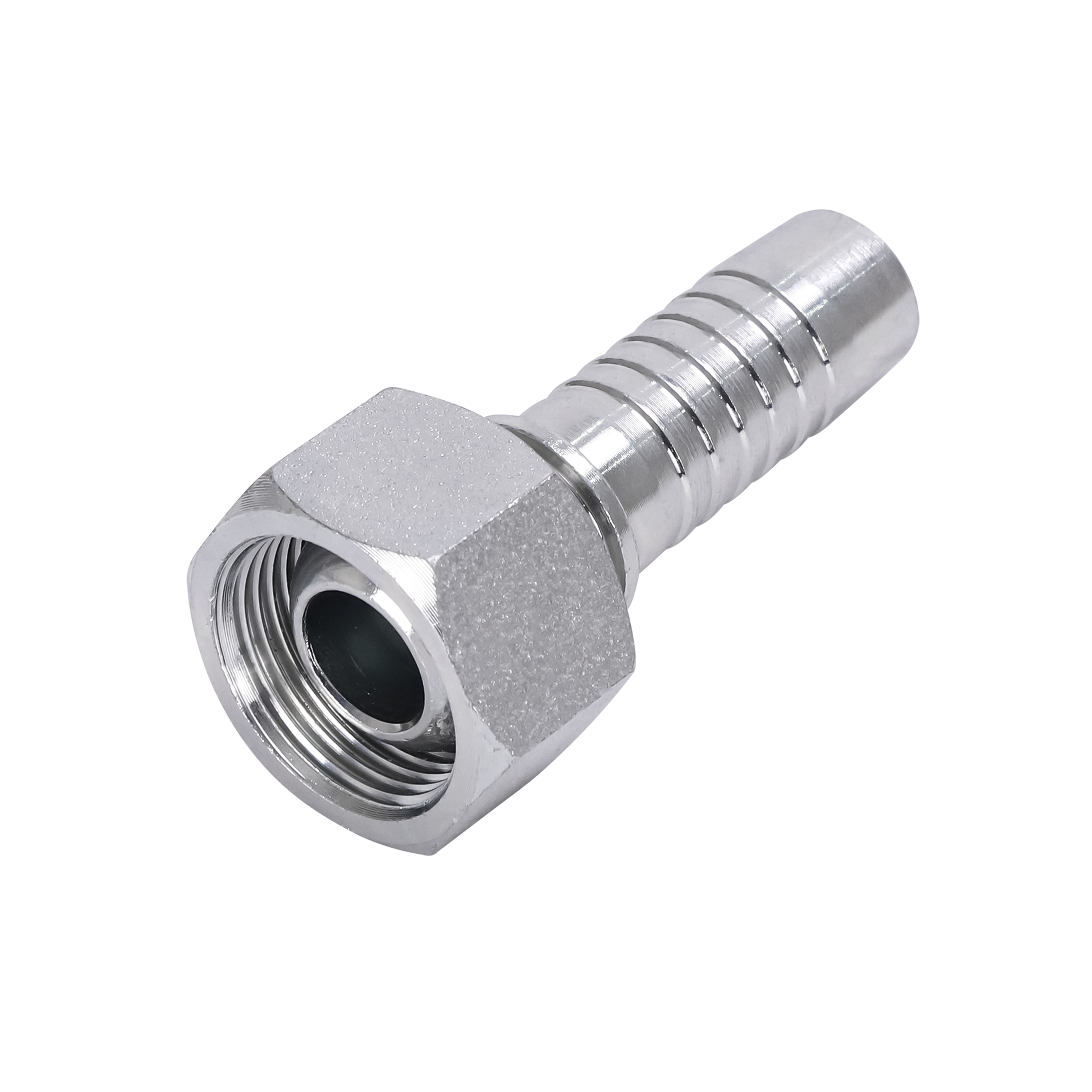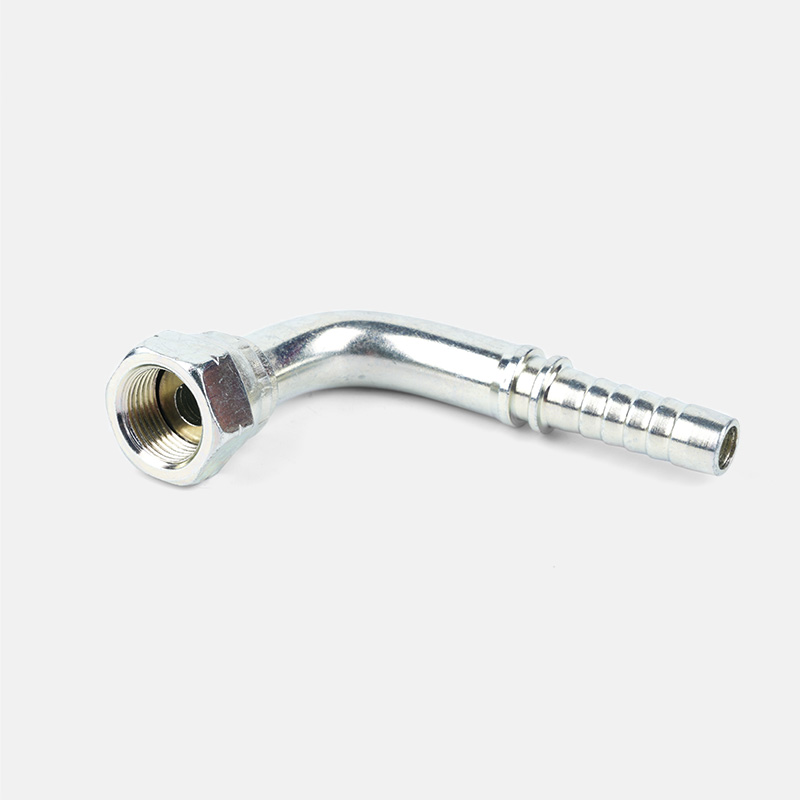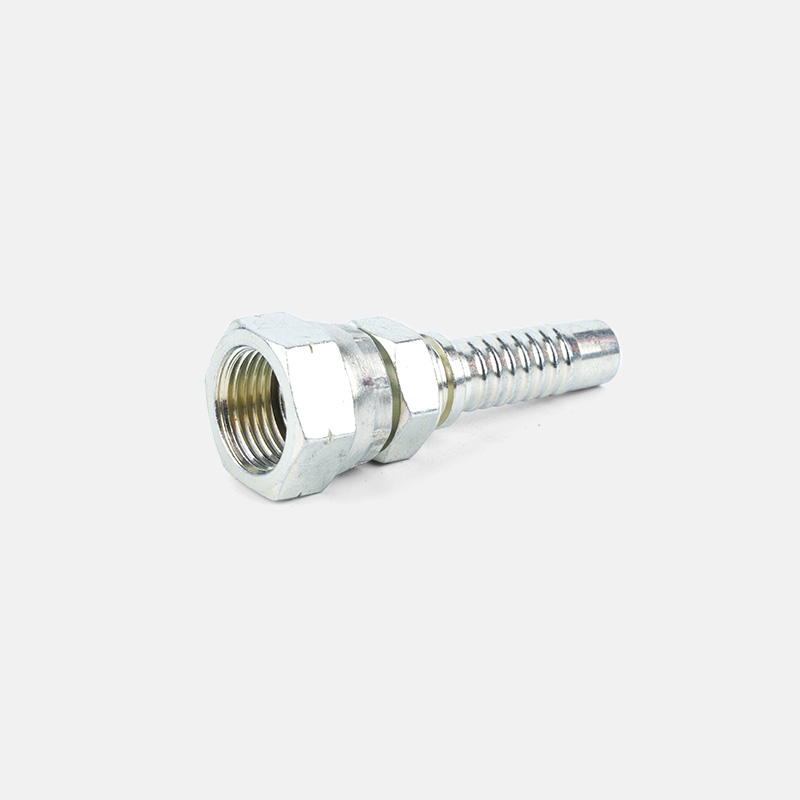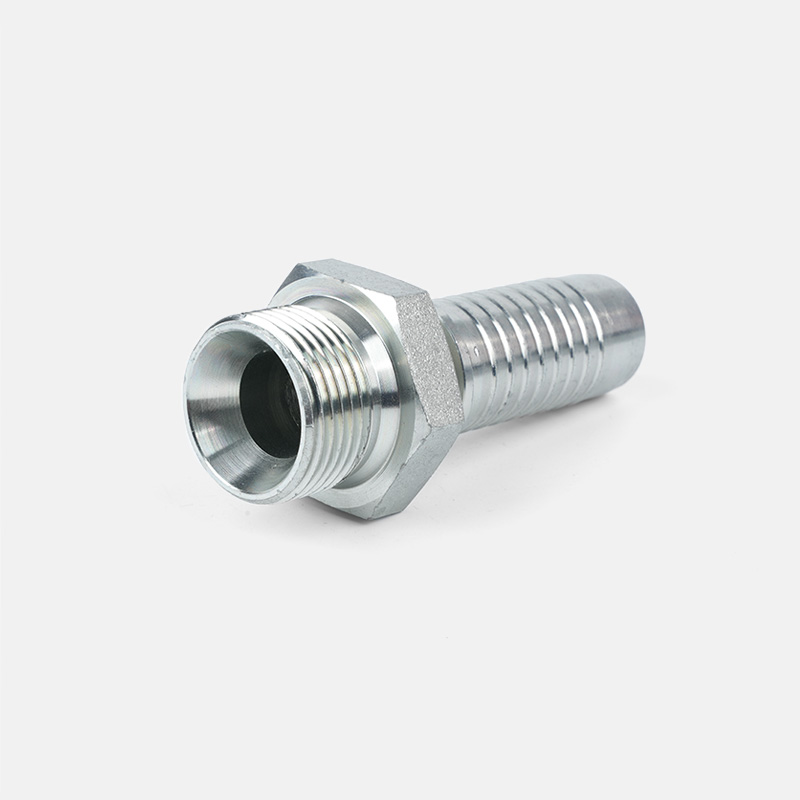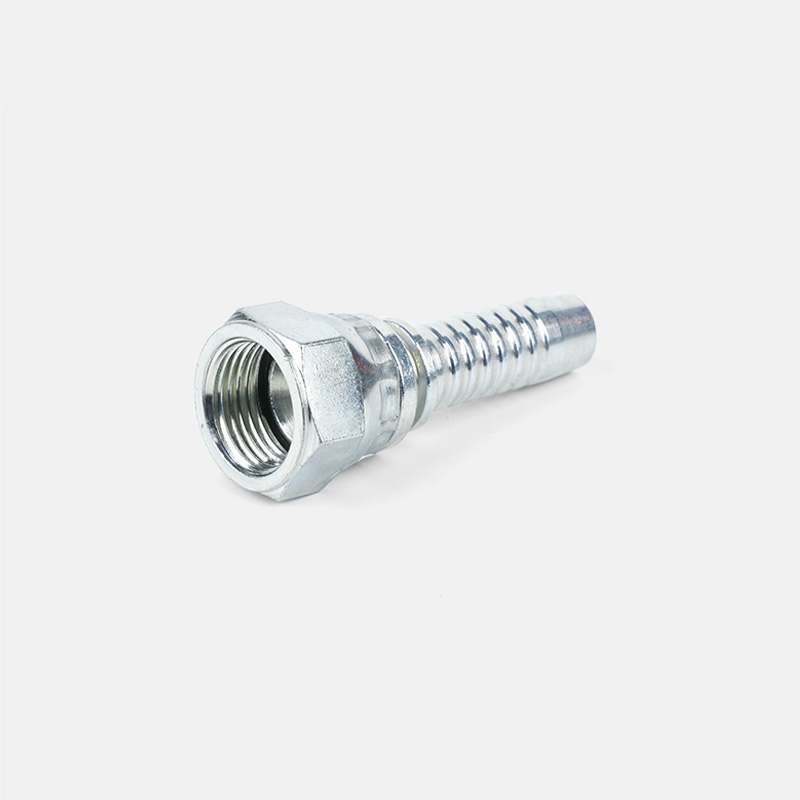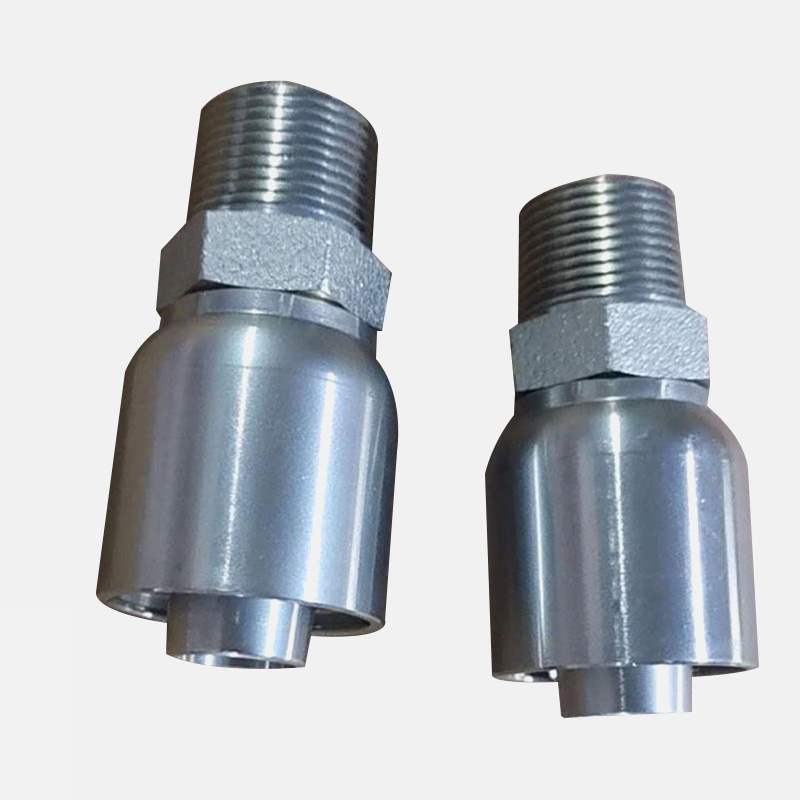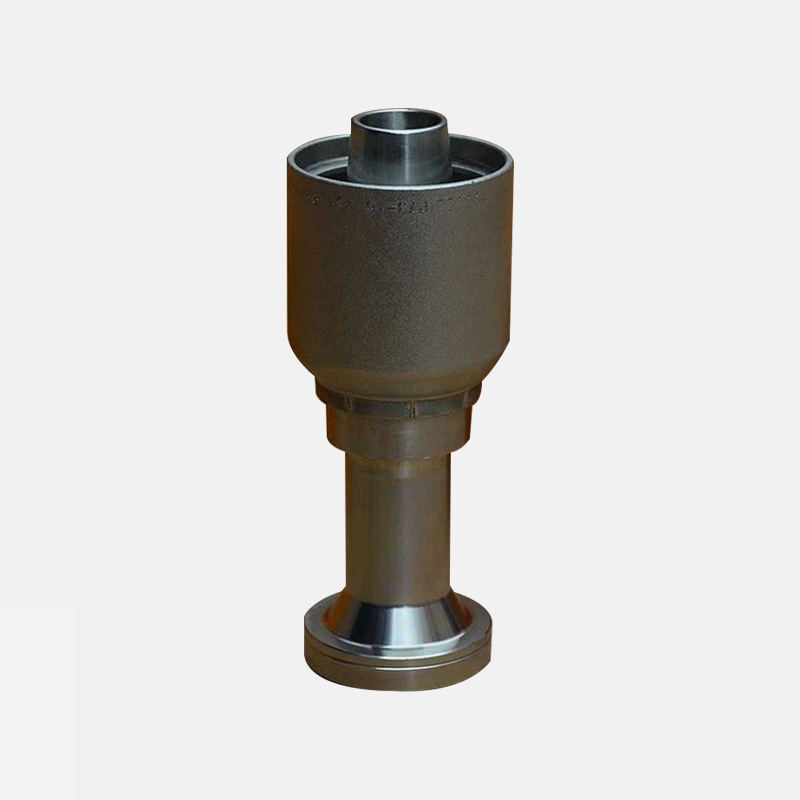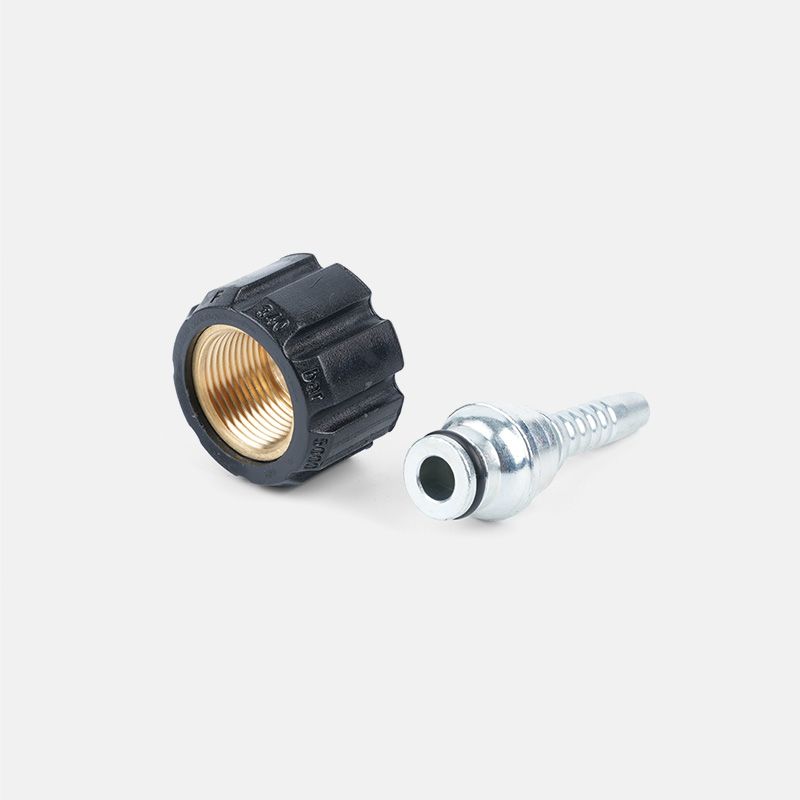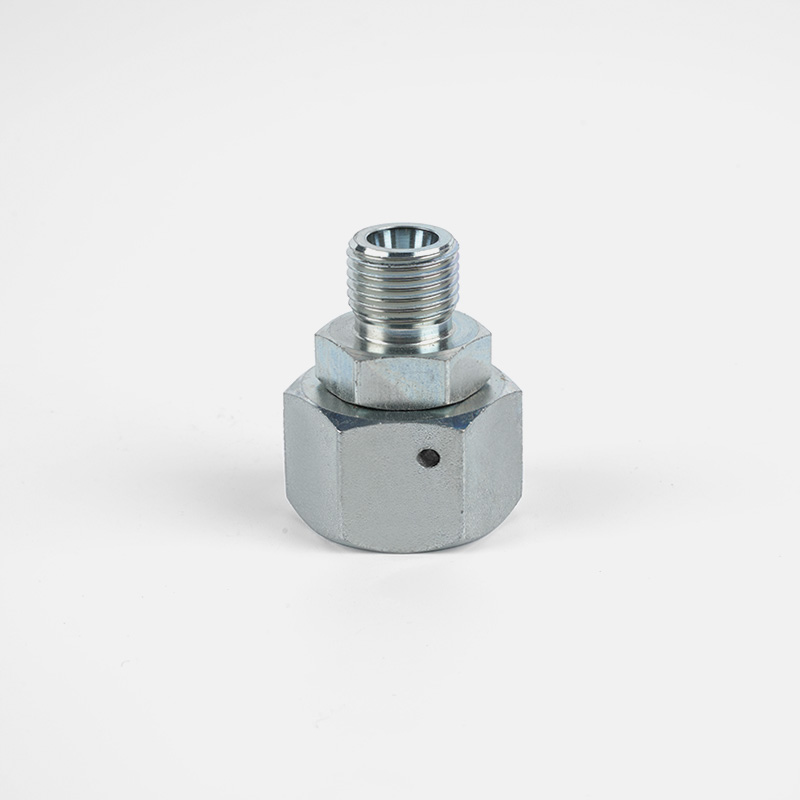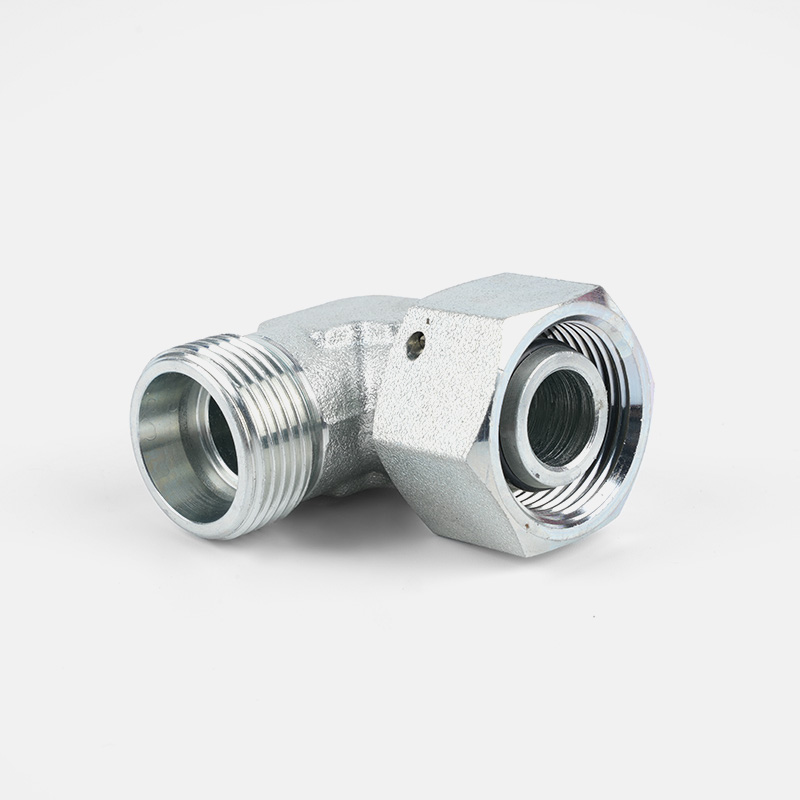Language
ENGUnderstanding High Pressure Hydraulic Ball Valves: A Comprehensive Guide
 2025.07.14
2025.07.14
 industy news
industy news
1. What is a High Pressure Hydraulic Ball Valve?
A high pressure hydraulic ball valve is a valve that controls the flow of fluid by rotating the ball. It is widely used in hydraulic systems that are subjected to high pressure environments. The main function of this valve is to quickly and accurately open or close the fluid channel. Its design makes it very suitable for applications that require high sealing, pressure resistance and durability.
Working Principle
The core component of a high pressure hydraulic ball valve is a ball with a controllable aperture. When the valve rotates, the holes on the ball will align or stagger with the inlet and outlet of the valve body to open or close the fluid. Since the ball has almost no friction during rotation, the service life of the valve is very long and it is suitable for applications with frequent opening and closing.
Switching mechanism: The ball is usually opened or closed by a 90-degree rotation action, which is simple and fast, and can greatly improve the response speed of the system.
Sealing performance: The contact surface between the ball surface and the valve seat is precisely designed to ensure perfect sealing even in high pressure environments.
Main features
High pressure resistance: Suitable for high pressure environments with thousands of psi.
Fast operation: By rotating the ball, it can be opened and closed quickly, reducing the operation time in the hydraulic system.
Sealing: The sealing performance is strong, especially when facing extreme pressure and temperature changes, it can still maintain a stable sealing effect.
2. Common Applications of High Pressure Hydraulic Ball Valves
High-pressure hydraulic ball valves have been widely used in many high-demand industries due to their excellent performance. The following are some typical application areas:
Oil and gas industry
High-pressure hydraulic ball valves are crucial in the oil and gas exploration and production process. In drilling platforms, oil and gas pipelines and deep-sea oil production equipment, ball valves ensure the safety and efficiency of the entire operation process by controlling the flow of fluids. Ball valves can withstand extremely high pressures and can still ensure stable performance in extreme environments.
Application example: In the process of oil and gas extraction, ball valves are often used in fracturing operations, oil and gas distribution pipelines, and pressure regulating devices.
Chemical and petrochemical industries
Many reactions and transmission processes in the chemical process and petrochemical industries require precise flow control. High-pressure hydraulic ball valves provide good control and isolation functions in these processes, especially when dealing with corrosive or high-temperature fluids.
Application examples: For example, in the transmission pipeline of high-pressure gas, ball valves can effectively prevent gas leakage and ensure production safety.
Ship and marine engineering
Ship hydraulic systems and hydraulic equipment on offshore platforms usually require reliable and high-pressure resistant valves. Ball valves have become an ideal choice in hydraulic systems due to their compact design and fast operation characteristics.
Application examples: High-pressure hydraulic ball valves are used in hydraulic drive equipment of ship propulsion systems and offshore oil and gas platforms.
Automobile and construction machinery
Hydraulic systems are widely used in automobiles, heavy machinery, and engineering equipment. These equipment need to be able to work under high pressure and keep the fluid channels unobstructed. High-pressure hydraulic ball valves are often used in hydraulic control systems to adjust pressure and flow to ensure accurate and safe operation.
Application examples: Hydraulic systems of large engineering equipment such as mining excavators and construction machinery.

3. How to Choose the Right High Pressure Hydraulic Ball Valve?
Choosing the right high-pressure hydraulic ball valve is very critical, which not only affects the operating efficiency of the system, but also affects the safety and stability of the system. Here are some key factors to consider when choosing:
Pressure rating
The pressure rating of a hydraulic ball valve directly determines the maximum working pressure it can withstand. When choosing, you need to make sure that the rated pressure of the valve is greater than or equal to the working pressure of the hydraulic system.
For example: If your system working pressure is 5000 psi, you should choose a ball valve with a rated pressure of 5000 psi or higher.
Material selection
Material is one of the most important factors in the selection of high-pressure hydraulic ball valves, especially when corrosive fluids may be involved in the hydraulic system. Common materials include stainless steel, alloy steel, carbon steel, etc., which have good corrosion resistance and high temperature resistance.
Stainless steel: used for applications with corrosive fluids or high temperature environments.
Alloy steel: used in environments with extreme pressure and high durability.
Interface type
Hydraulic ball valves usually have different interface forms. When choosing, you need to determine the appropriate interface type according to the connection method of the pipeline system, such as flange connection, threaded connection, welding connection, etc.
Valve size
The size of the valve should match the size of the system pipeline. Valves that are too large or too small may cause unstable flow or poor sealing.
4. Advantages of High Pressure Hydraulic Ball Valves
High Pressure Hydraulic Ball Valves have many unique advantages over other types of valves:
Quick Opening and Closing
Ball valves can quickly open and close by rotating the ball 90 degrees, which is faster than other types of valves. This makes it particularly suitable for systems that require frequent opening and closing.
High Sealing
The sealing surface of the ball valve is in very close contact with the valve body, especially in high pressure environments, which can ensure that the fluid does not leak.
Low Maintenance Cost
The internal structure of the ball valve is simple and there are not many parts that are easy to wear, so the maintenance requirements are relatively low. Coupled with durable materials, they have a long service life, reducing maintenance costs in long-term use.
Strong Adaptability
High Pressure Hydraulic Ball Valves can work stably under extremely high pressures and maintain good performance even under extreme working conditions.
5. Common Issues and Troubleshooting
Although high pressure hydraulic ball valves have high reliability, some common problems may still occur during long-term use. Here are some problems and their solutions:
Leakage Problem
Leakage may be caused by wear and aging of the valve seat or seal ring. Long-term high-pressure fluid impact can also affect the sealing performance.
Solution: Regularly check the contact surface between the seal and the valve body, and replace the aged or damaged seals in time.
Jamming phenomenon
The ball may get stuck due to the accumulation of dirt or impurities, causing the valve to fail to operate normally.
Solution: Use a filter to prevent impurities from entering the system and regularly clean the dirt inside the valve body.
Corrosion problem
In harsh environments, the valve may be corroded, affecting its function and life.
Solution: Select corrosion-resistant materials and apply an anti-corrosion coating to the valve surface.
6. Maintenance Tips for High Pressure Hydraulic Ball Valves
In order to ensure the long-term and stable operation of high-pressure hydraulic ball valves, regular maintenance is very important. Here are some maintenance suggestions:
Regular inspection
Regularly check the sealing of the valve, the operation of the ball, and whether there is looseness or leakage at the connection.
Cleaning and maintenance
Regularly clean the dirt and sediment inside the valve body to prevent impurities from blocking the flow channel or affecting the normal operation of the valve.
Replace the seal ring
With the increase of use time, the seal ring may wear or age. Timely replacement can ensure the sealing of the valve.
Lubrication
For rotating parts, regular lubrication can reduce wear and ensure that the ball rotates freely.


